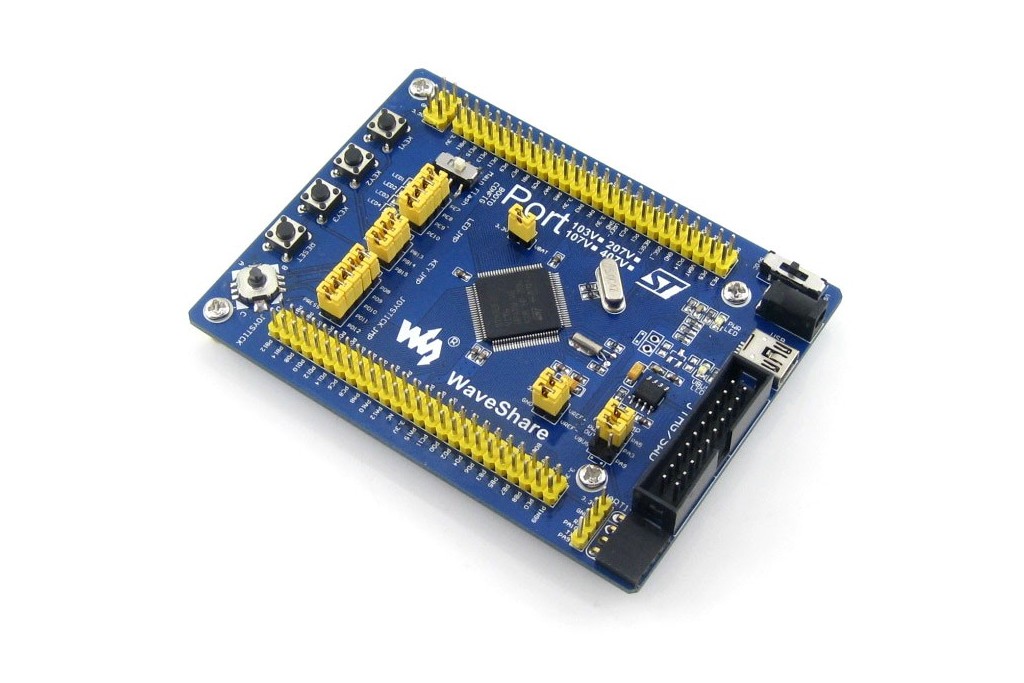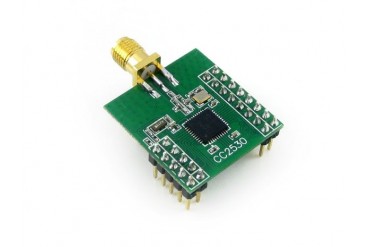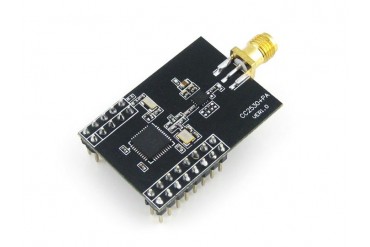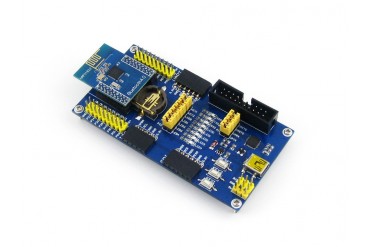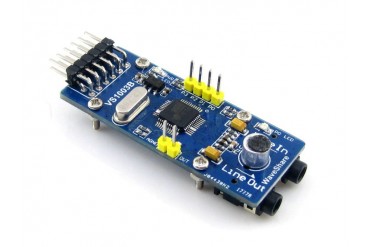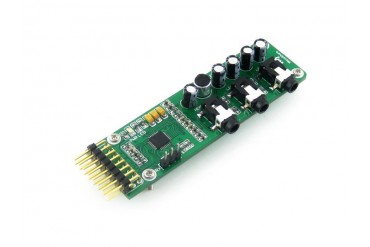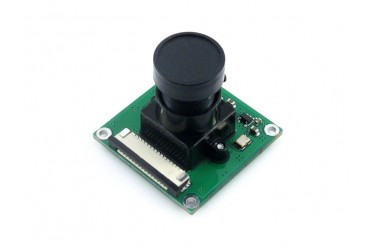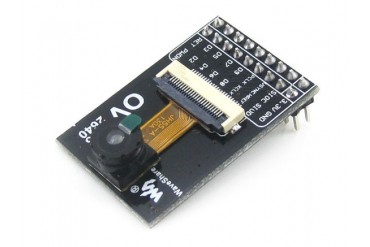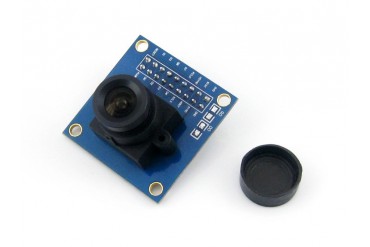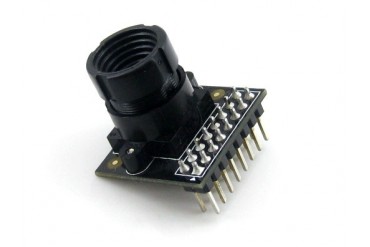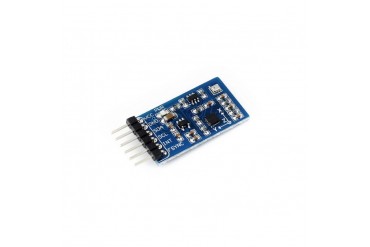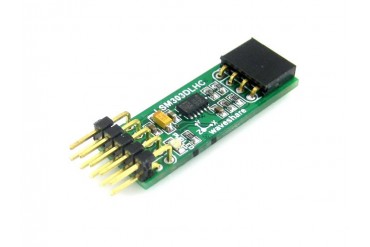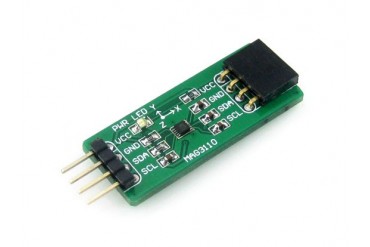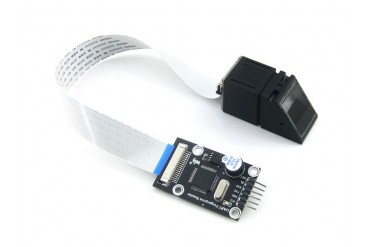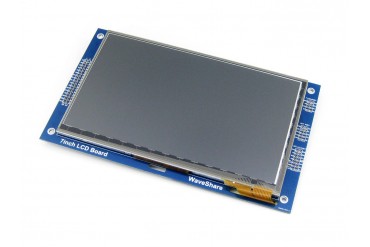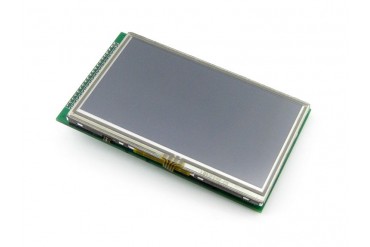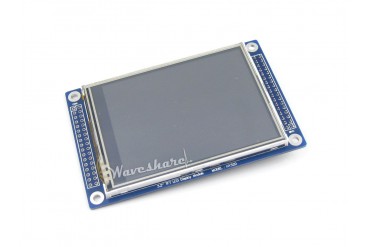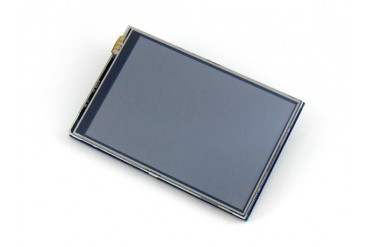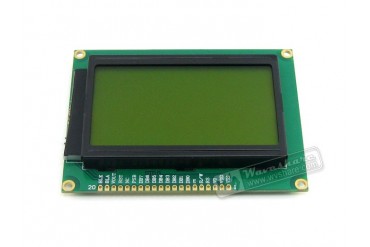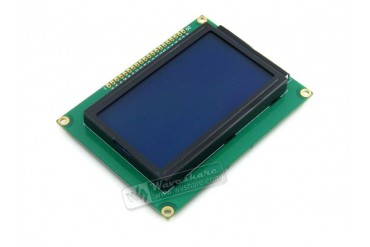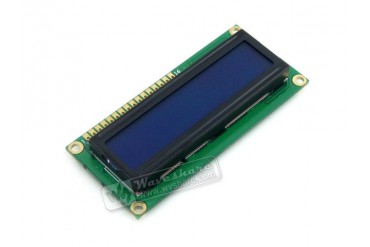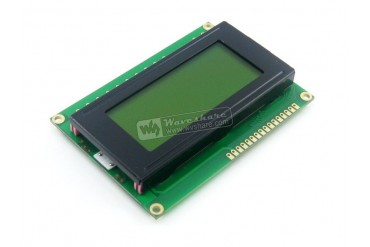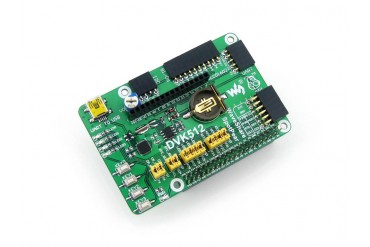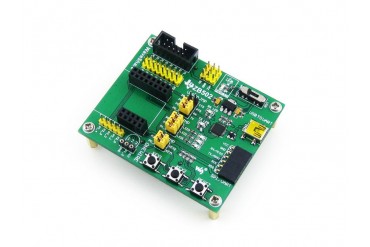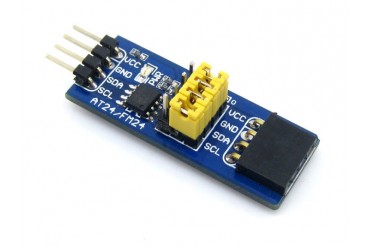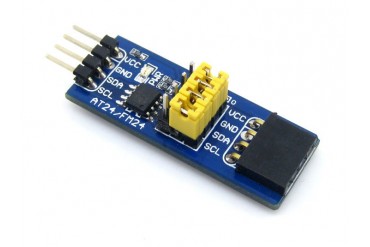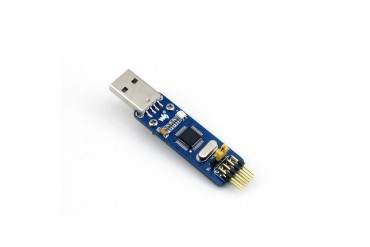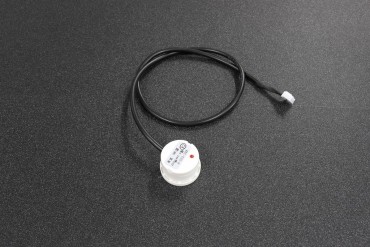More info

Overview
Port107V is an STM32 development board that features an STM32F107VCT6 device as the microcontroller, supports further expansion with various optional accessory boards for your specific application. It is ideal for starting application development with STM32F family.
Note: Optional accessory boards are NOT included in the price.
What's On Board

- STM32F107VCT6: the high performance STM32 MCU which features:
- Core: Cortex-M3 32-bit RISC
- Operating Frequency: 72MHz, 1.25 DMIPS/MHz
- Operating Voltage: 2-3.6V
- Package: LQFP100
- I/Os: 80
- Memories: 256K Flash, 64K RAM
- MCU communication Interfaces:
- 3 x SPI, 3 x USART, 2 x UART, 2 x I2S, 2 x I2C, 1 x Ethernet MAC, 1 x USB OTG, 2 x CAN
- AD & DA converters: 2 x AD (12-bit, 1μs, shares 16 channels); 2 x DA (12-bit)
- Debugging/Programming: supports JTAG/SWD (serial wire debug) interfaces, supports IAP
- MIC2075-2BM: USB OTG power management
- AMS1117-3.3 (on bottom side): 3.3V voltage regulator
- Power indicator
- LEDs: convenient for indicating I/O status or program debugging running state
- Reset button
- User keys
- Joystick: five positions
- 25M crystal oscillator
- 32.768K crystal, used for internal RTC, also supports clock calibration
- JTAG/SWD interface: for debugging/programming
- USB FS DeviceHostOTG interface, an OTG cable is required while using HostOTG
- UART1 connector, supports ISP (In-System Programming) through UART1, as well as system signal output
- IO expander, all the MCU pins are accessible on expansion connectors for further expansion
- Power input/output header, 5V/3.3V, usually used for power output, or common ground with other user board
- 5V DC power jack
- Boot mode selection: for configuring the BOOT0 and BOOT1 pins
- Power supply switch, powered from 5V DC jack or USB connection
- OTG PWR OUT enable jumper
- short the jumper to enable OTG PWR OUT
- open the jumper to disable, as well as taking up no I/O port
- OTG FLG jumper
- short the jumper to trigger interception when OTG over power is detected
- open the jumper to connect to other custom pins via jumper wires
- OTG VBUS enable jumper
- short the jumper to enable OTG VBUS
- open the jumper to disable, as well as taking up no I/O port
- VBAT selection jumper
- short the jumper to use system power supply
- open the jumper to connect the VBAT to external power, such as battery
- VREF jumper
- short the jumper to connect VREF+/VREF- respectively to VCC/GND
- open the jumper to connect VREF+/VREF- to other custom pins via jumper wires
- User LEDs jumper
- short the jumper to connect to I/Os used in example code
- open the jumper to connect to other custom pins via jumper wires
- User keys jumper
- short the jumper to connect to I/Os used in example code
- open the jumper to connect to other custom pins via jumper wires
- Joystick jumper
- short the jumper to connect to I/Os used in example code
- open the jumper to connect to other custom pins via jumper wires
Photos




Note:
Accessory board and programmer/debugger in the photos are NOT included in the price.
Port107V supports programming through UART port without programmer.
Port107V provides JTAG/SWD debugging interface, yet does NOT integrate any debugging function, a debugger is required.
JTAG/SWD Interfaces
The figure 1, figure 2 shows the header pinout of JTAG, SWD interface respectively


Development Resources
Port107V development board comes with a User Guide CD including development resources listed as below:
- Related software (KEIL etc.)
- Examples in C
- Schematic (PDF)
- Development documentations
Dimensions

Reviews
No customer reviews for the moment.

